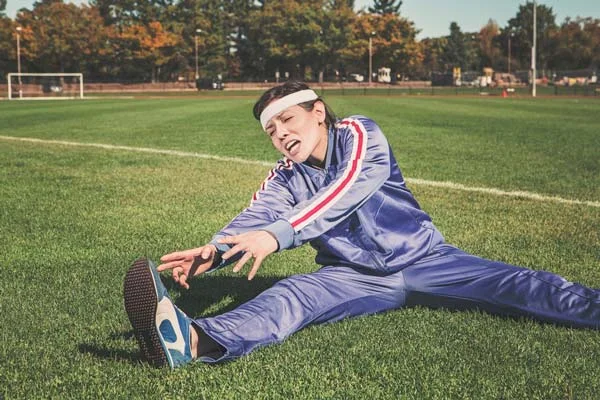Pandiculation
Why Pandiculation is Better For You Than Stretching
Do all animals stretch? The response should be it’s probable that only the human animal that makes a determined effort to stretch and other animals actually do something else.
Let me explain…
If you often experience muscle pain after exercise, or regularly experience muscle tightness after being hunched over a computer all day, there’s a natural alternative to stretching that can help you feel more relaxed and improve your flexibility, mobility and vigour at the same time. Pandiculation, which involves contracting a set of muscles, slowly lengthening them, and then contracting again to a rest position, is so powerful that it’s even been called “nature’s reset button.”
You may not recognise the name – pandiculation – but you’ll instantly know when your household pets do this. In fact, cats or dogs can pandiculate as often as 40-50 times a day. They appear to be stretching out their tummies, but what they are doing is contracting and then lengthening their neck and back muscles. It’s enormously relaxing for these animals, and comes with one added benefit: it prepares them for movement afterwards. In fact, you may be surprised when your cat pandiculates and then suddenly starts prancing around the room.
Babies do it, the birds do it, we all should do It
And it’s not just household pets that pandiculate; we do too. In fact, all mammals and most vertebrates such as birds do too. Try yawning right now - that’s a form of pandiculation. What happens when you yawn is that you are contracting the muscles of your jaws, neck and upper chest, lengthening them, and then relaxing them to improve alertness. You may extend that pandiculation to include extending the arms overhead and leaning to one side. Yawning is usually an involuntary movement but you can initiate this yourself too. Many of us yawn when we see other’s doing so, just like chimpanzees and dogs do too. Go on do it! Notice how good that made you feel?
Confusing pandiculation with a one-second stretch is easy. That’s why we think our pets are stretching when we observe them pandiculating. Animals don't need to stretch to be flexible, they pandiculate and move often with a full range of motion. Just like children do!
“Pandiculation is Nature’s Reset Button.”
What is the Difference Between Pandiculation and Stretching?
Static stretching involves the lengthening of a muscle, usually isolated muscle such as the quads for several seconds (to a minute or more in duration) and is considered a passive rather than active motion. In other words, you don’t need to consciously tell your brain to “reach out with your arm” – it just does so without sending a complicated message to the sensory motor cortex. But with stretching comes the “stretching reflex” – which is a response from your muscle that you’ve gone too far. The signal to stop doesn't start in the brain; it originates with the muscle. This messaging tells you: “Stop stretching me, or you’ll hurt something.”
Do You Stretch? Why?
But many of us will perform a pre- or post-workout static stretch even though according to research there is strong evidence that static stretching does not reduce injury rates, it is proven to be detrimental to athletic performance (neither power based activities such as jumping, nor endurance running) are improved and it doesn't reduce or prevent post-workout muscle soreness - DOMS (delayed-onset of muscle soreness) either.
PANDICULATION
Now contrast that to pandiculation. Here you must actively tell your brain to contract a series of muscles that work together for a second or two and then lengthen them with focus and attention. This sends a signal to the sensory motor cortex, which is your brain’s command centre for helping the body sense the world around us. The signal produced by contraction tells your brain to prepare for movement, your muscles are tense, ready to spring into motion. The process of then releasing the muscles leads to a sense of relaxation and an improved range of motion.
You’ve probably seen people pandiculate in the movies or on TV. A classic scene is when somebody is lying in bed when the alarm goes off. The person will sit halfway up, contract their arms to their bodies, and then raise them high above their heads while yawning. Then, they’ll release their arms, pause for a second, and then jump out of bed. You’ve just seen someone pandiculate. They are waking up the nervous system removing the stiffness and tightening of the muscles that occur naturally overnight.
Nature's Reset Button
Take a cue from nature. Make pandiculation, not static stretching, part of your daily routine, do it first thing in the morning and then repeat often to help stay supple and reduce tightness and relieve chronic muscle pain.
RELATED: How To Pandiculate (The Basics)RELATED POSTS:











Movement Throughout Our Lives